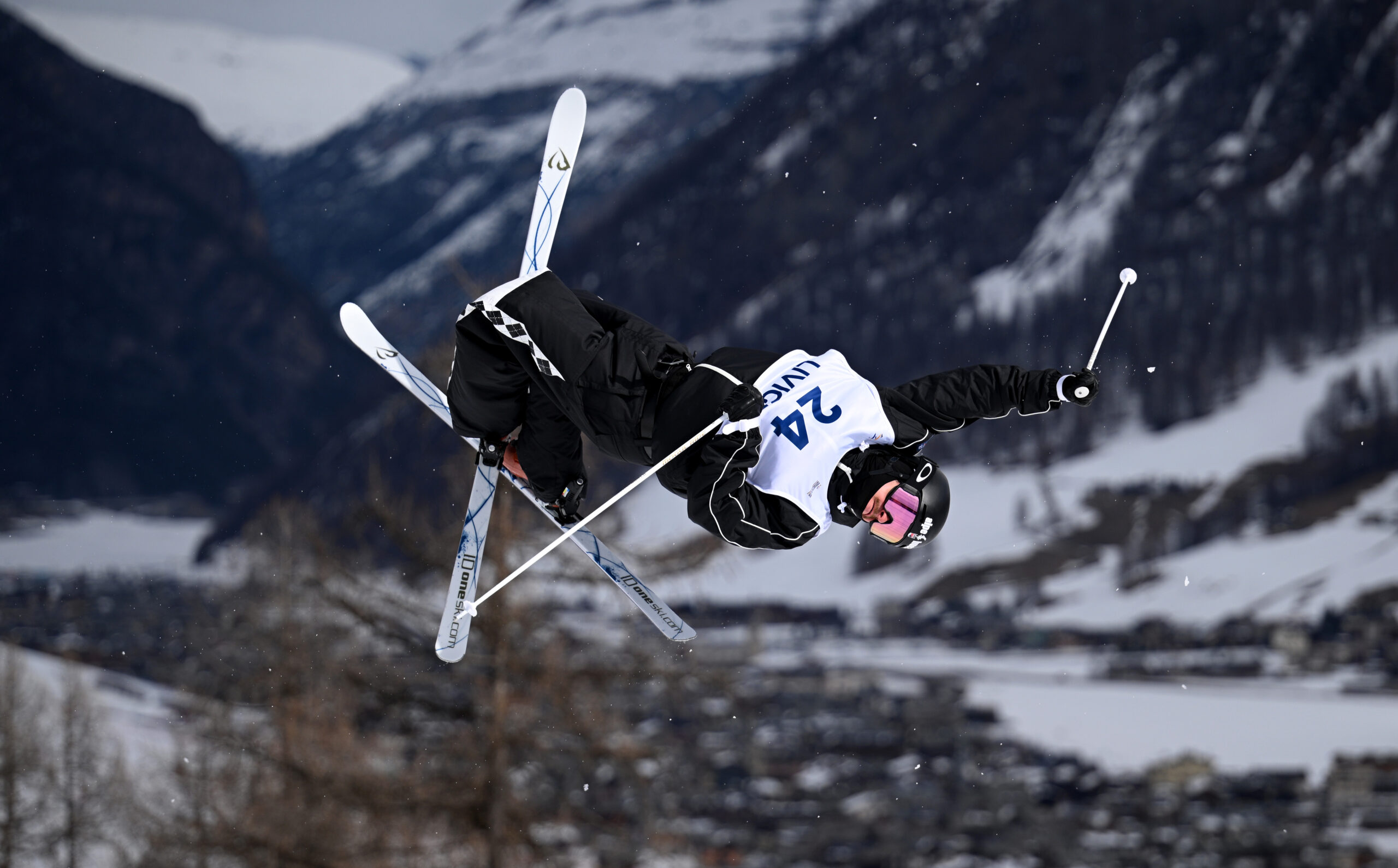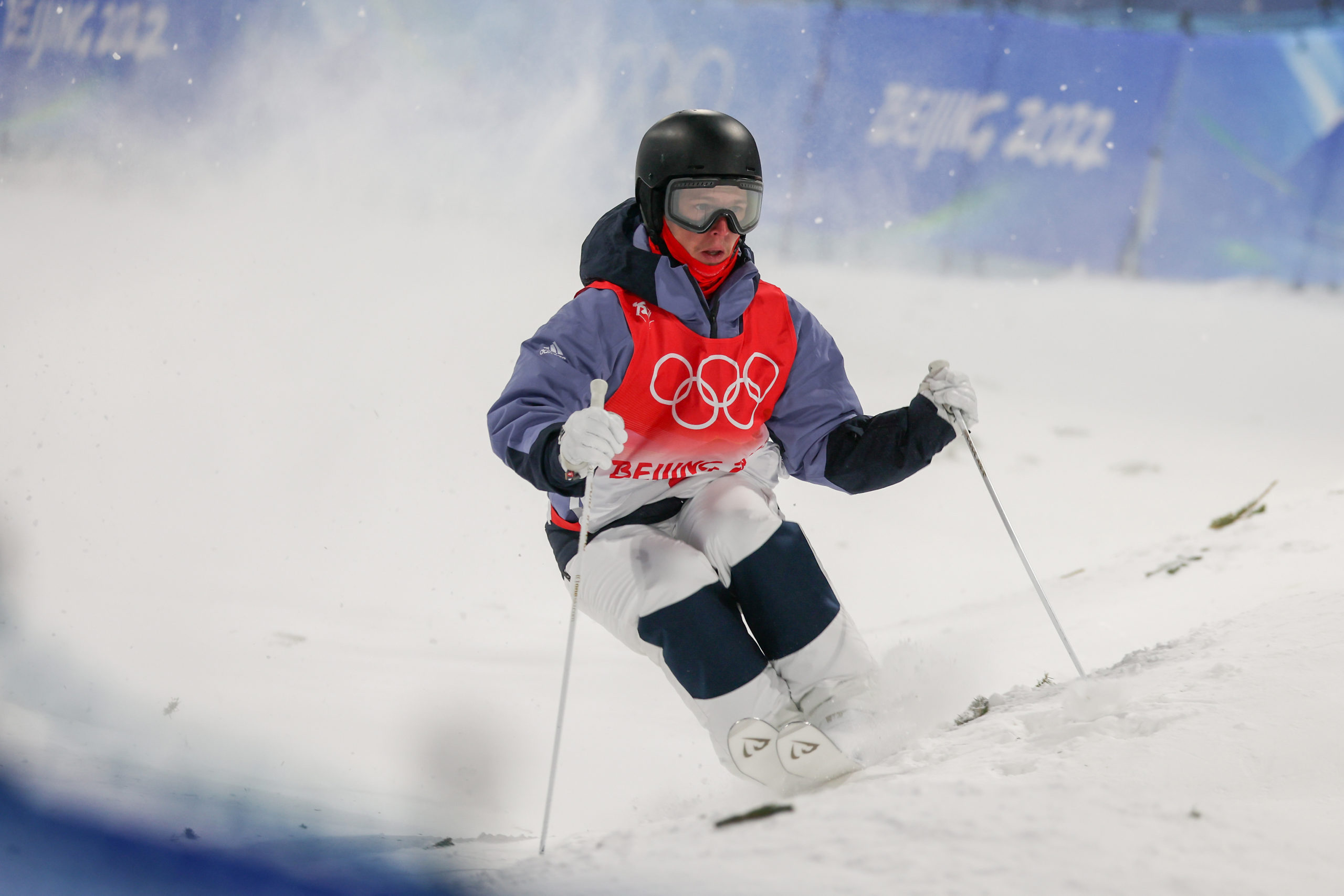
What does it take to coach some of the world’s most successful Para-Alpine athletes? Scott MacBain reveals all in our latest Team Behind the Team blog.
How and why did you get into coaching?
“I became involved in coaching very early on in my own ski racing career, in fact I had been coaching alongside my own involvement as an athlete for 6 years before deciding to begin a full time coaching role. It was actually a recommendation from my first ever coach to sign up to gain a qualification through Snowsport Scotland, as he thought it would improve my own technical understanding, and it did.”
What are your main responsibilities as a coach?
“The main responsibilities of a coach as I see it are to nurture enthusiasm and guide discovery. It’s a bit of a cliché, but a lot of coaches will say, “if only I knew what I know now when I was still racing”. With that in mind, I feel like passing on knowledge and experience to young athletes is vital to the progress of UK ski racing.”

How important is the mental/psychological side of coaching in a modern athlete’s development?
“It’s huge, in my opinion it’s the most important of all the various aspects of ski racing. We have had basic forms of psychology for a number of years now with the likes of visualisation and setting routine. However, applied psychology towards ski racing in particular is relatively new in my opinion. I believe that psychology plays an even more potent role with Brits in skiing as we are always playing away from home so to speak.”
How is the new generation of athletes’ expectations of coaching different from what was expected 10 years ago?
“10 years ago, the coach-athlete relationship was certainly a little different to the way it is today. In my opinion, the main change that I have seen is that there is a lot more give and take between coach and athlete now than there was before. I think that in years gone by, coaches were typically a lot more hard line and direct in their approach and communication. These days we tend to be a little more understanding of the softer skills required when working with athletes, particularly youngsters.”

Is analysing competition/training footage useful for athlete improvement and development? If so, has tech like mobile phones and drones made this easier?
“Yes! It is exponentially easier to demonstrate to athletes correct movement patterns now through technology than it was before. I remember sitting at home watching VHS recordings of guys like Thomas Grandi and Bode Miller and would attempt to pause at exactly the right moment to analyse the various turn phases and positions. Nowadays, there are as many media platforms as there are videos captured from every possible angle to choose from. In fact, we coaches can now film an athlete’s run in 4K, and send the footage straight to their phone for them to analyse on the chair lift!”
What was the biggest challenge coaching athletes during the most restricted moments last year? How did you manage to maintain a coaching approach with athletes during lockdown?
“I believe that the biggest challenge last year was the continually changing rules that we needed to adapt to. One particular scenario springs to mind where had just arrived in Austria to prepare for races in Switzerland. The original plan had been to train in Austria before moving across to St. Moritz in Switzerland for the races and at the time of travel, this was within the rules. However, the rules changed the day after arriving and myself and Hammy Morison, a fellow coach, sat in a supermarket carpark outside Innsbruck and re-wrote the entire programme! It wasn’t always ideal but it meant we all had to be adaptable and truly think on our feet which, I believe, has only made us better coaches.”
 Share
Share

